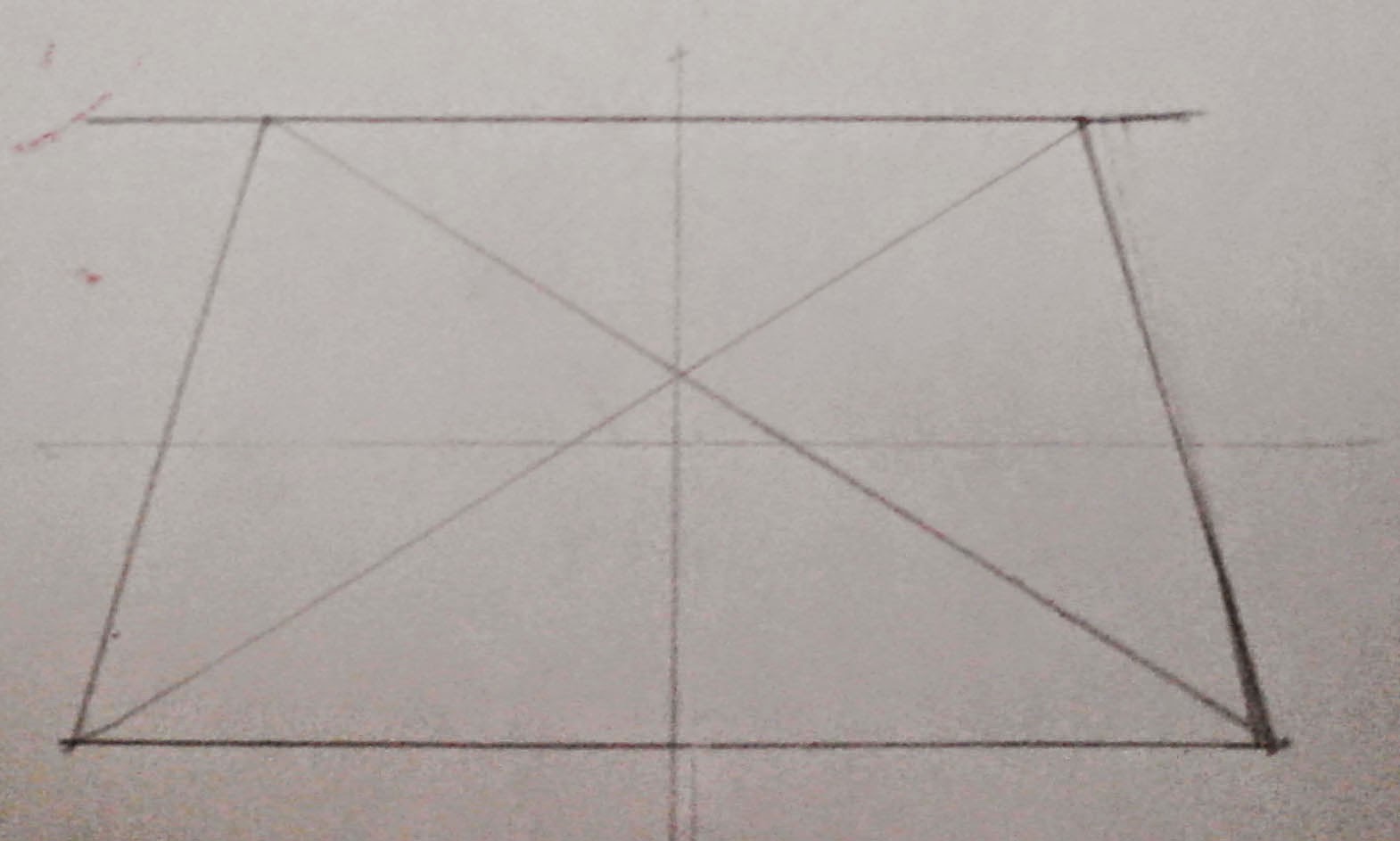Imagine a circle being able to fit into a box. Conceivably, all objects can fit into some sort of square shape.

When a circle is put into perspective, it becomes an ellipse.
To start, draw two parallel lines. The further apart the lines, the more likely your ellipse will be more elongated and warped. You essentially want to make a trapezoid. The more unlike a perfect square your shape is, the more warped the ellipse will be.
Now comes the perspective portion. You have to find the middle of your trapezoid like shape. A vertical and horizontal cross at this point will not give you the middle and will throw off your perspective. A perfect 'T' cross will give you the middle of a perfect square and circle, which is not our goal or starting shape. The first and most important step is to draw two diagonal lines--an X--in your shape, connecting the corners to each other. That will give you the middle of any variation of this shape.

Notice the difference between the two images above? The X shape defines the true middle of the square in perspective, while the T shape does not.
Once you find the middle of your shape using an X, you can then make a T. These two shapes will help you finalize your ellipse.
Imagining your shape is in 4 "squares" you can now begin to connect lines to form your circle. Simply complete the same line in each of the 4 sections.
-------------
If your trapezoid shape is too long and closer resembles a warped rectangle than a warped square, your ellipse will closer resemble a perfect circle. An example would be the street chalk drawings that play on our perspective from certain points of view.-------------
This next video is a digital drawing, but the rules still apply:














